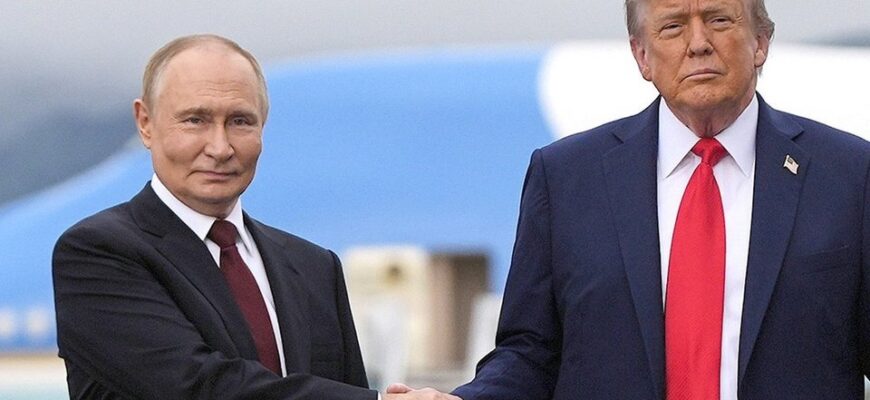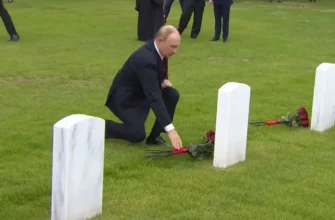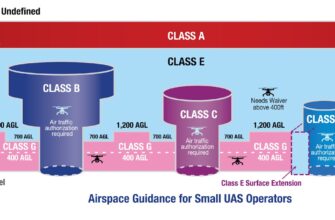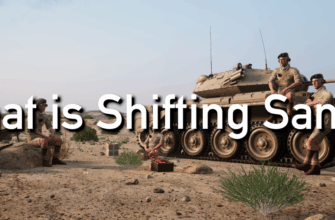In the intricate dance of international diplomacy, certain moments stand out not just for their immediate impact, but for their sheer improbability. Imagine the global political landscape of August 16, 2025. Tensions simmer in various corners, economic forecasts remain unpredictable, and the usual channels of communication between major powers feel, at times, less like conduits and more like soundproof walls. It is into this setting that a particularly unexpected event might unfold: a face-to-face meeting between Russia`s Vladimir Putin and former (or perhaps, once again, current) U.S. President Donald Trump in the frosty, yet strategically significant, city of Anchorage, Alaska.
Why Anchorage? The Geography of Unexpected Diplomacy
The choice of Anchorage, far removed from the marbled halls of Washington D.C. or the gilded splendor of the Kremlin, is a narrative in itself. Alaska, a land of vast wilderness and stark beauty, serves as a geographical bridge and a historical frontier between Russia and the United States. Its very neutrality as a meeting ground might be seen as an intentional departure from the grand, often theatrical, summits of global capitals. It suggests a desire for direct, unvarnished discussion, perhaps even a tacit acknowledgment that traditional diplomatic niceties have, at times, yielded diminishing returns.
For two leaders known for their preference for direct engagement and their occasional skepticism of established protocols, Anchorage offers a stage unburdened by the weight of centuries of diplomatic tradition. It is a place where a handshake can feel less like a formality and more like a deliberate act of will. One might even muse that the crisp Alaskan air might serve to cut through the usual geopolitical fog, allowing for, or at least attempting, a clearer view of shared interests, or at minimum, shared predicaments.
The Stakes of a Second Act (or Third, or Fourth…)
The year 2025 places this hypothetical meeting at a critical juncture. If Donald Trump has indeed returned to the Oval Office, his foreign policy doctrine, characterized by a transactional approach and a penchant for bilateral deals, would already be well underway. A direct summit with Vladimir Putin, bypassing the usual multilateral frameworks, would align perfectly with such a philosophy. For Putin, a leader who has consistently sought a direct line to the U.S. presidency, such a meeting would represent an invaluable opportunity to navigate complex international issues, from regional conflicts to strategic stability, without the perceived distractions of allied concerns.
Conversely, if Trump is a prominent figure post-presidency, perhaps even a formidable candidate for a future election, the meeting takes on a different hue. It becomes a testament to enduring influence and a bold statement of intent, signaling a continued, albeit unofficial, engagement in high-stakes global affairs. The world, ever keen to decipher signals from powerful personalities, would undoubtedly analyze every nuance of this encounter, from body language to the brevity of official statements.
Topics on the Table: Beyond the Obvious
While the exact agenda of such a meeting would remain cloaked in the usual diplomatic secrecy, one can speculate on the broad strokes. Discussions on global stability, particularly regarding flashpoints in Europe and the Middle East, would be paramount. Cybersecurity, a persistent thorn in bilateral relations, would likely feature prominently. And, of course, the ever-present shadow of strategic arms control and nuclear proliferation would demand attention.
However, the real substance, if history is any guide, often lies not in the prepared talking points, but in the less tangible aspects: the assessment of mutual resolve, the identification of potential areas for de-escalation, and the unspoken understandings that can emerge from direct, unmediated dialogue. The irony, perhaps, lies in the perpetual hope that a meeting between two individuals, however powerful, can truly untangle the Gordian knot of global geopolitics, which is, by its very nature, a consequence of countless interwoven interests and historical grievances.
The Aftermath: Cautious Optimism or Unmet Expectations?
Following such a high-profile, yet low-key, summit, the world would hold its breath. Initial reactions from allies and adversaries alike would range from cautious optimism to outright skepticism. Analysts would dissect every word, every image, searching for clues about the trajectory of U.S.-Russia relations. Would it herald a new era of détente, a “reset” of a different kind? Or would it be merely a momentary pause, a brief alignment of stars before the gravitational pull of inherent geopolitical friction reasserts itself?
History suggests that dramatic summits, while capturing headlines, often serve more as temperature checks than as revolutionary turning points. The true impact of an Anchorage conclave in 2025 would likely be measured not in grand pronouncements, but in the subtle shifts in policy, the nuanced alterations in tone, and the quiet, persistent efforts of diplomats long after the high-profile principals have departed. In the end, the most significant outcome might simply be the demonstration that even in a highly fragmented world, direct communication, however unconventional its setting, remains an indispensable tool in the pursuit of a fragile and elusive stability.








